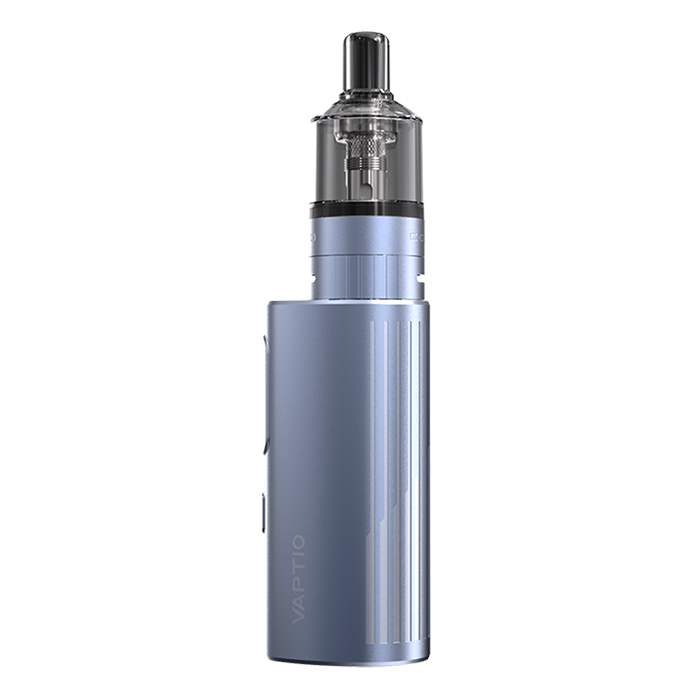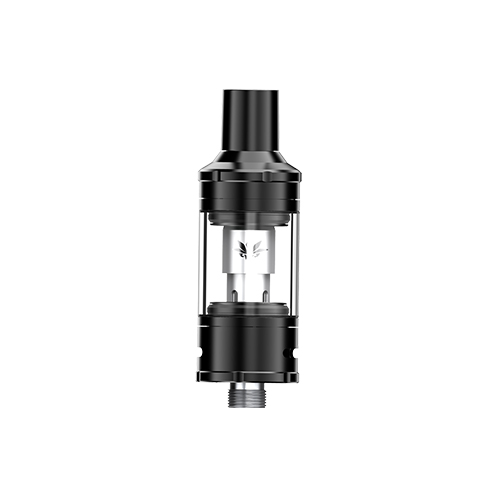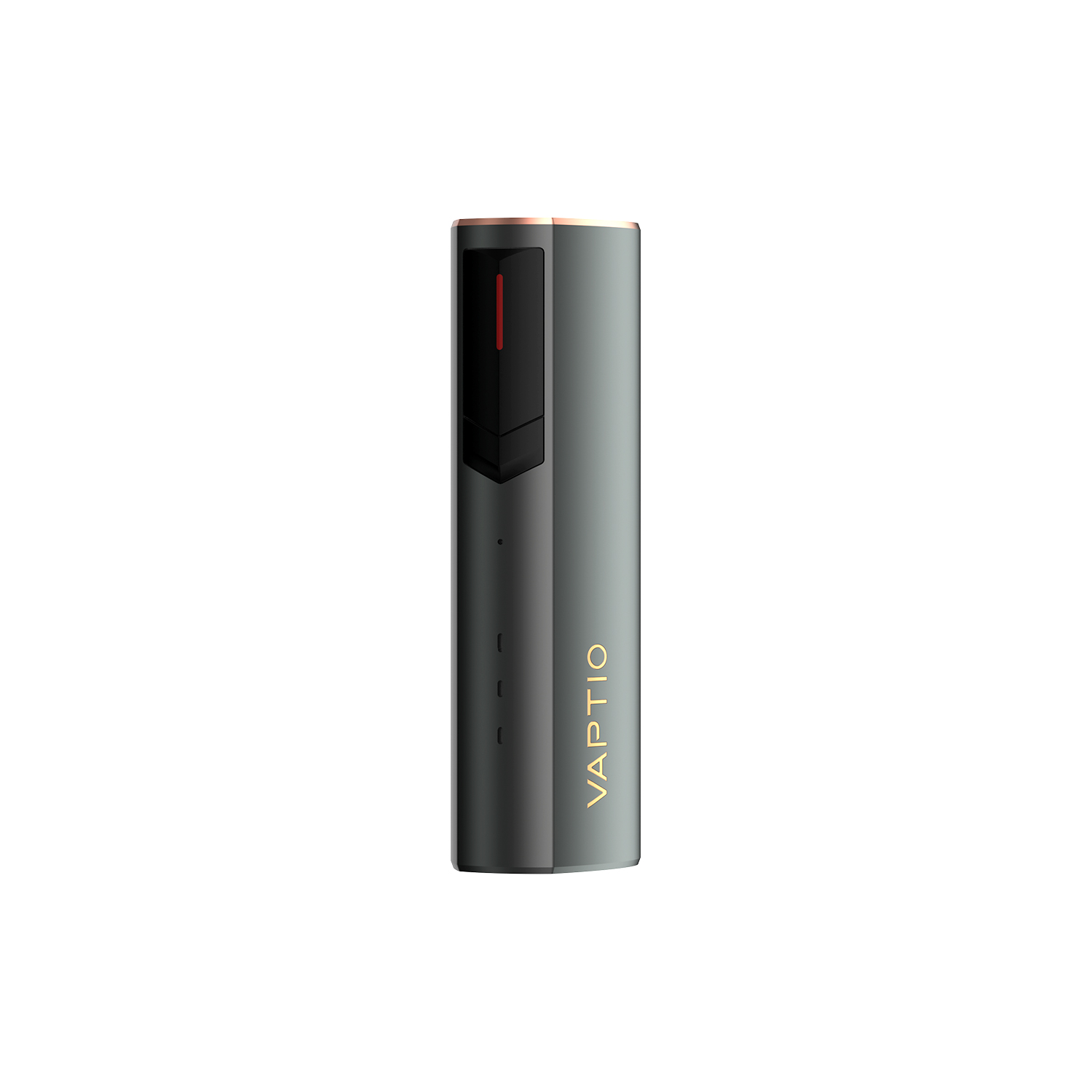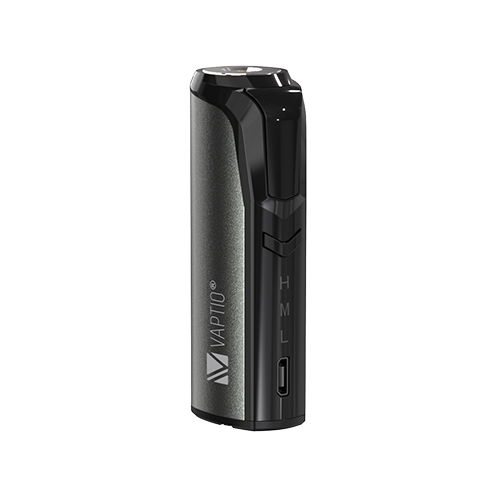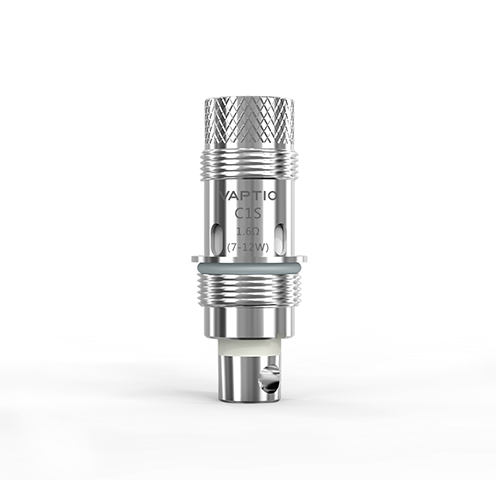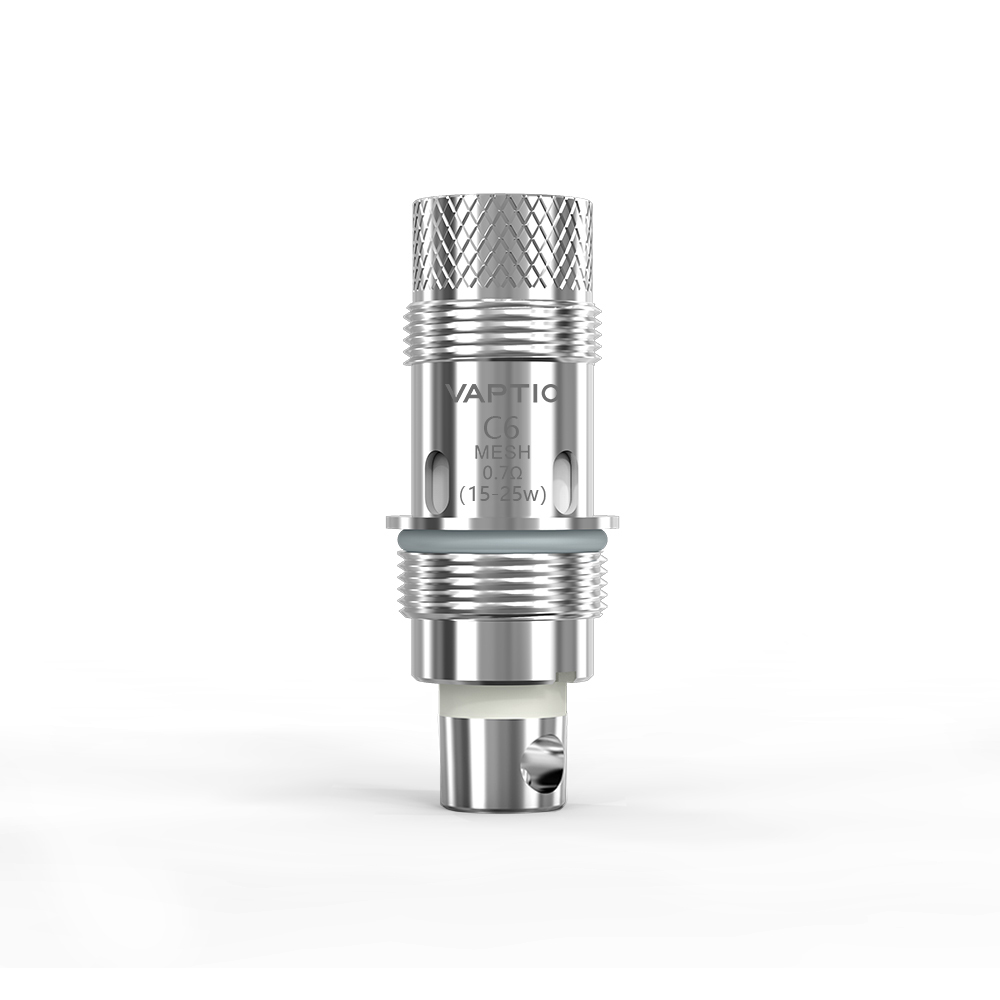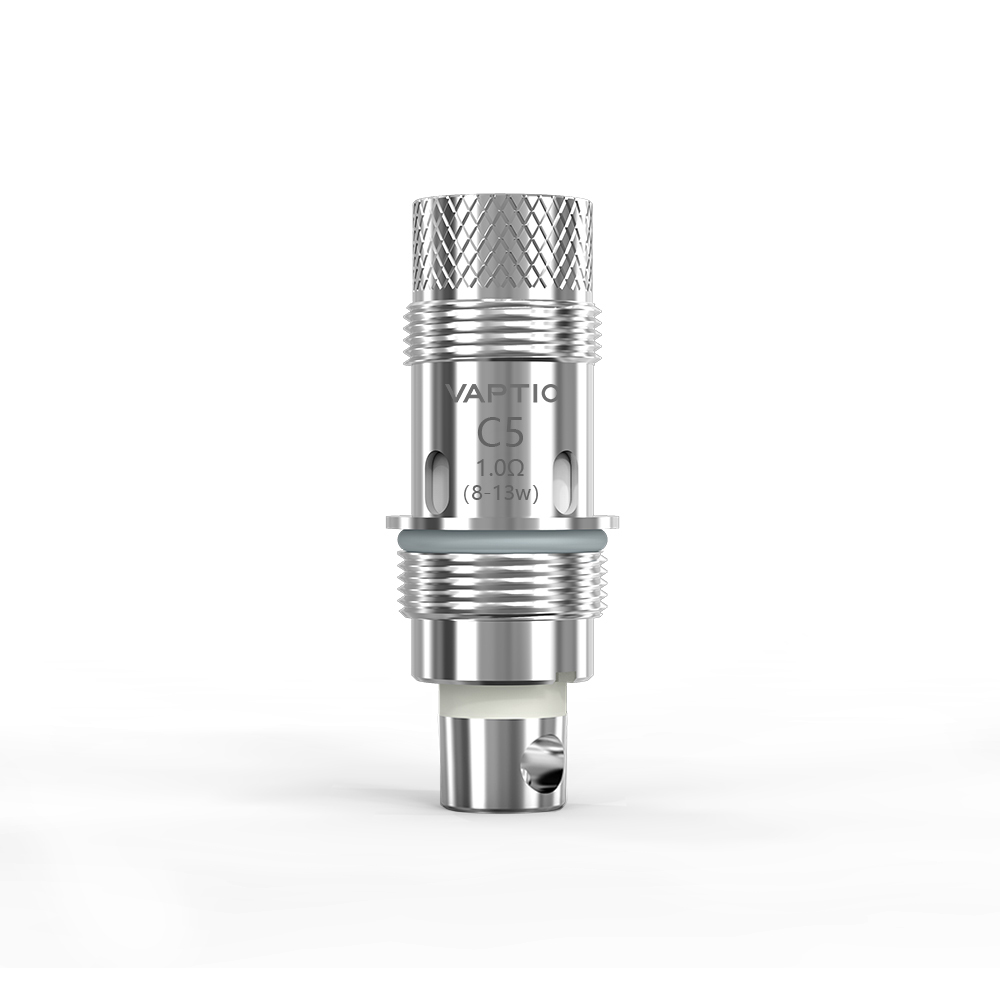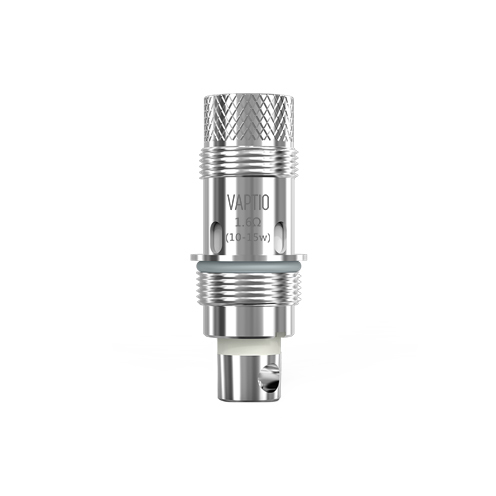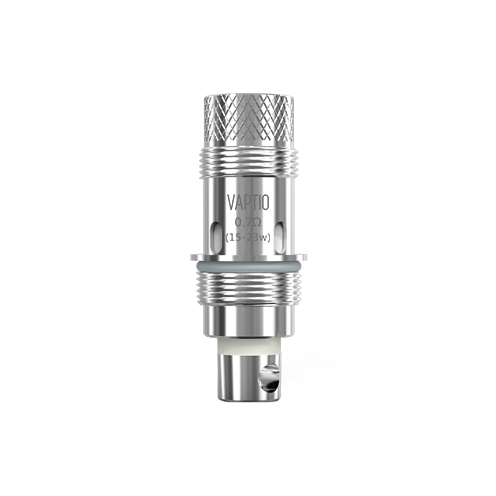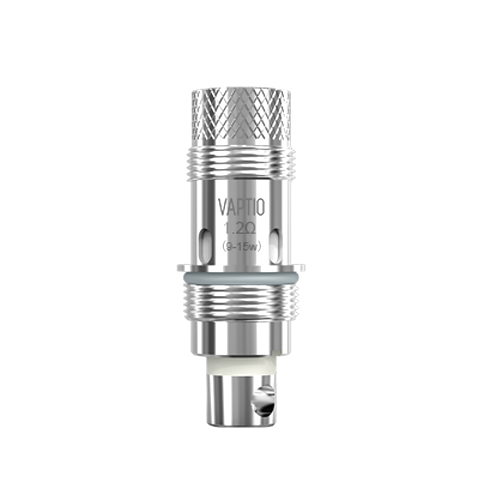The Medicines and Healthcare products Regulatory Agency announced that the process of applying to have a vape product licenced so it could be prescribed by GPs was going to be made simpler, aligning intention with practice. It was warmly received by many experts and practitioners.
The natural response from the affluent sections of the vape industry was to begin exploring the option – but the Financial Times chose to refer to them negatively as “upstart e-cigarette makers”.
Companies reported to either be in the process of seeking authorisation or about to begin the process include:
The Times says Blu e-cigarettes is exploring its options, that Japan Tobacco International had not made a decision and that Juul Labs had nothing to announce, “at this time”.
Bizarrely, despite having produced many reasonable and well researched pieces in the past, The Times also blamed ecig makers for possibly “causing a teen vaping epidemic” in the United States.
Patient magazine asked: “Will making e-cigarettes available on prescription encourage teenagers to smoke?”
At this point it’s worth remembering Betteridge's law of headlines. This states that "any headline that ends in a question mark can be answered by the word ‘NO’."
Its article quotes Jane Buxton, a manager for Vape Supplier Limited, saying: “Instead of burning tobacco to deliver nicotine, vaping devices heat up a coil to vaporise nicotine or nicotine-free e-liquids, which are available in an array of universal flavour. Unlike cigarettes, e-cigarettes do not contain thousands of other harmful chemicals, nor do they have an unpleasant taste, smell or residue.”
Listing out benefits and relative harm is all well and good, but then it appends a “however” in a clumsy attempt at seeking balance.
Moving to Dr Biggs, Patient magazine allows her the space to raise the subject of the Medicines and Healthcare products Regulatory Agency (MHRA) warning regarding e-cigarette or vaping-associated lung injury (EVALI) – an issue universally accepted to be linked to illegal cannabis products and not caused by MHRA registered e-liquids.
“There is speculation around whether vaping entices teens and youths to smoke,” it goes on to add, roundly ignoring the annual evidence amassed by Action on Smoking and Health and Cancer Research UK clearly demonstrating that any such speculation is severely misplaced.
"Studies have claimed that young people who vape are almost five times more likely to become smokers, an alarming fact when the fundamental purpose of e-cigarettes is to provide smokers with a scientifically supported method to quit," Buxton is quoted as saying.
While concern about the involvement of the tobacco industry is understandable, The Times and Patient magazine are doing smokers a disservice by ignoring evidence and their choice of language. Their articles perpetuate myths that have been debunked by independent British experts and only serve to promote an ongoing sense of distrust of products that have worked and are working for millions of people.
News from:https://www.planetofthevapes.co.uk/news/vaping-news/2021-12-07_prescription-plan-reaction.html






